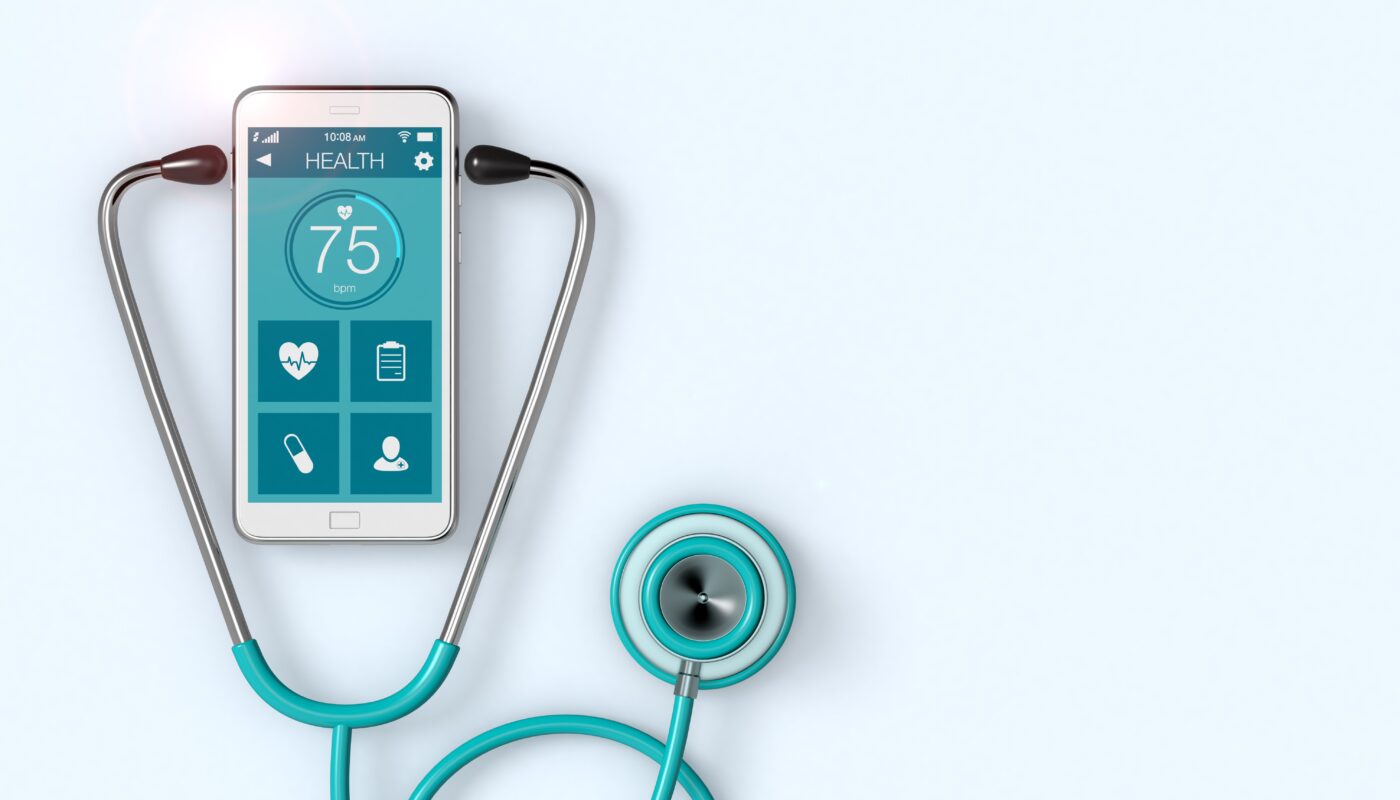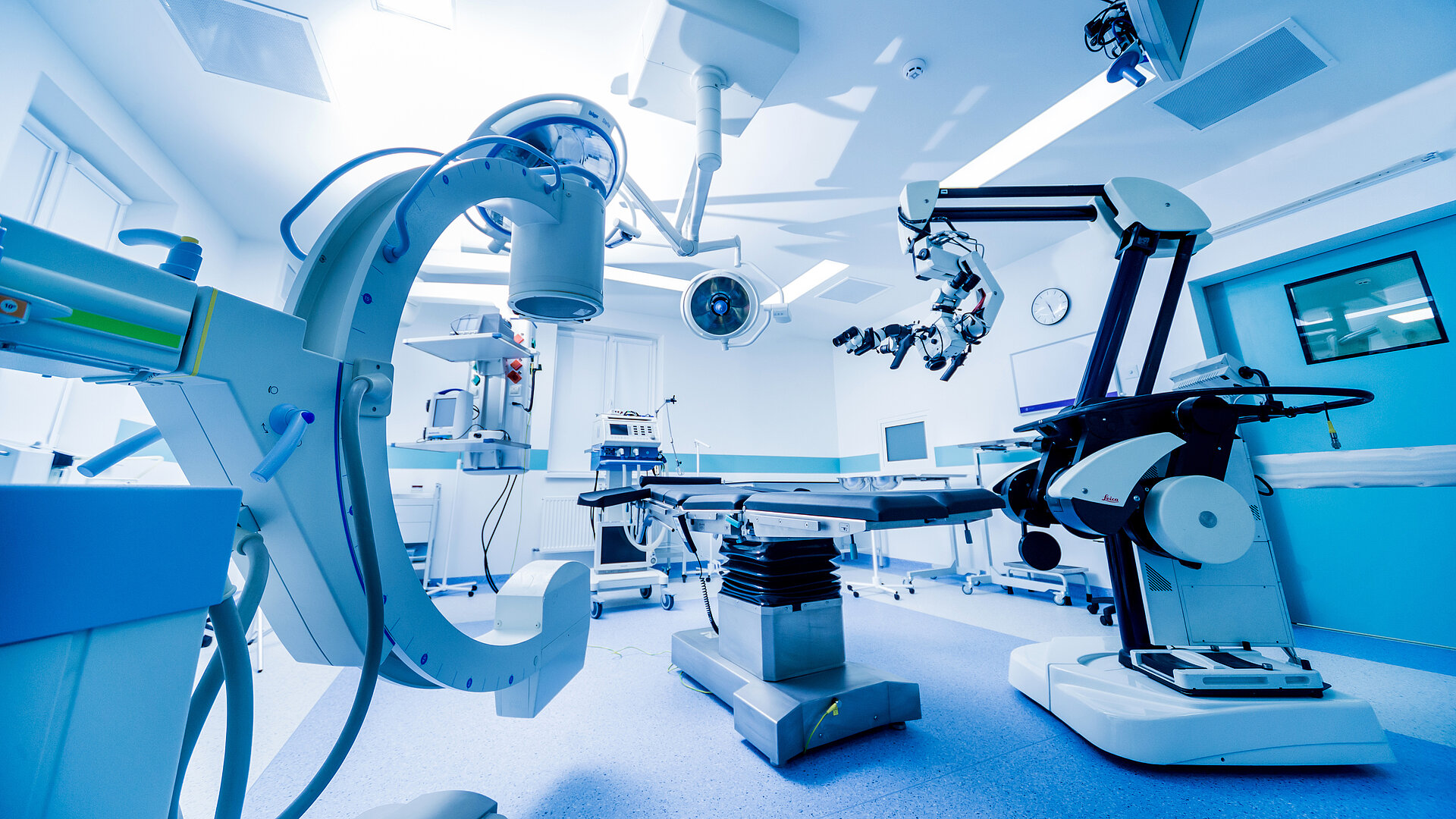Medical technology has come a long way in recent years, making procedures safer, more efficient, and improving outcomes for patients. One such technological advancement is the digital stethoscope. A digital stethoscope has the potential to transform medical diagnosis by providing clearer, sharper auscultated sounds that can be recorded, processed and analyzed by computers.
What is a Digital Stethoscope?
A digital stethoscope is essentially an electronic upgrade to the conventional acoustic stethoscope that doctors have been using for over 200 years. Unlike traditional stethoscopes that rely on sound travel through air, digital stethoscopes convert auscultated sounds into digital signals that can be processed, stored, and analyzed with additional features.
The key components of a digital stethoscope include a chest piece that picks up sounds, an electronic sensor that converts acoustic waves into digital signals, onboard memory to store recordings, andplayback capabilities. Many models also come with Bluetooth connectivity to transfer recordings to computers, smartphones, or cloud storage for telemedicine purposes. This allows doctors to share recordings with colleagues or experts remotely for a second opinion.
Enhanced Diagnostic Capabilities
One of the main advantages of digital stethoscopes is their ability to amplify sounds up to 20-40 times more than acoustic scopes. This provides much clearer, sharper recordings of auscultated sounds like heartbeat, breathing, bowel sounds, and murmurs. Fine nuances that may be missed with traditional stethoscopes can be better appreciated.
Digital recordings also allow repetitive playback for detailed analysis. Properties like pitch, loudness, and timing of sounds can be closely examined frame-by-frame. Advanced models use algorithms to filter out ambient noise and emphasize specific frequency ranges to focus on areas of interest. Some are integrated with artificial intelligence and machine learning for automatic auscultation analysis.
Recordings can be compared over time during treatment, aiding in more objective diagnosis and monitoring disease progression or response to therapy. Doctors can auscultate and capture readings from multiple sites on the body in quick succession for consolidated diagnoses.
Telediagnosis and Remote Patient Monitoring
Digital Stethoscopes capabilities for recording, storing, sharing and analyzing auscultated sounds have huge potential for telemedicine and remote patient care applications. Recordings can be transferred via mobile networks or cloud storage for experts to review from a distance and provide timely second opinions.
This helps expand access to quality healthcare in remote areas by allowing rural clinics or community health workers to submit recordings for diagnoses by specialists located elsewhere. It facilitates monitoring of high-risk patients or those with chronic conditions from the comfort of their homes through virtual consultations. Doctors can follow up with post-operative or recovering patients remotely as well.
Education and Training Benefits
Digital stethoscope technology offers significant educational benefits too. Clear, precise recordings provide teaching materials for training medical students and residents. Instructors can easily share rare or unusual diagnostic cases with trainees located anywhere. Learners can review recordings repeatedly to hone their auscultation skills.
Many models come with personalized training programs including lesson modules, quizzes and competency tests integrated with recordings. This self-paced e-learning approach allows practicing at one’s own convenience and keeps track of progress. Standardized digital libraries of heart, lung, bowel sounds etc. serve as useful reference resources.
Data Collection and Research Applications
Systematic recording, storage and analysis of clinical auscultation cases using digital technologies opens up possibilities for big data applications in medicine. Large datasets collected anonymously can be mined for epidemiological patterns related to diseases. Machine learning algorithms may discern subtle diagnostic clues missed by humans as well.
Standardized clinical trials involving auscultation findings become more feasible. Researchers can objectively compare diagnoses, monitoring outcomes and effectiveness of new drugs or procedures. Pharmaceutical companies and medical device manufacturers can leverage such data to develop improved solutions. Data sharing with prior patient consent helps advance medical knowledge for the benefit of all.
Impact on Healthcare Delivery
If adopted widely, digital stethoscope technologies promise to transform healthcare delivery models. They address logistical issues like uneven distribution of medical expertise. Combined with telemedicine, it can help reduce burden on urban healthcare centers. Higher quality primary care becomes possible in remote areas.
Improved monitoring capabilities may facilitate moving treatments outside hospitals when clinically safe. This has the potential to cut costs, ease overcrowding pressures and improve healthcare access. More objective long-term documentation of patient histories through recordings would enhance continuity of care as well. Ultimately, digital stethoscopes aim to make auscultation an integral part of connected healthcare for the digital age.
Digital stethoscopes present an exciting avenue to upgrade clinical auscultation from an analog to digital paradigm. They empower doctors with enhanced assessment capabilities, streamlined diagnosis and monitoring abilities, in addition to education, data and telemedicine applications. With further innovations and increased adoption, digital stethoscope technology holds promise to revolutionize medical diagnosis and management while improving healthcare delivery worldwide. Though initial costs may be higher than traditional models, their usefulness across multiple facets is evident. As prices come down through competition and economies of scale, digital scopes are likely to become standard equipment for medical professionals in the future.
*Note:
1. Source: Coherent Market Insights, Public sources, Desk research
2. We have leveraged AI tools to mine information and compile it



